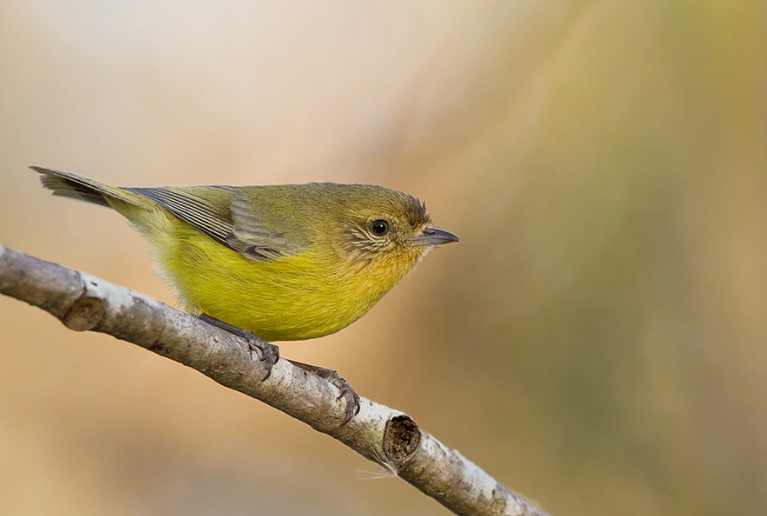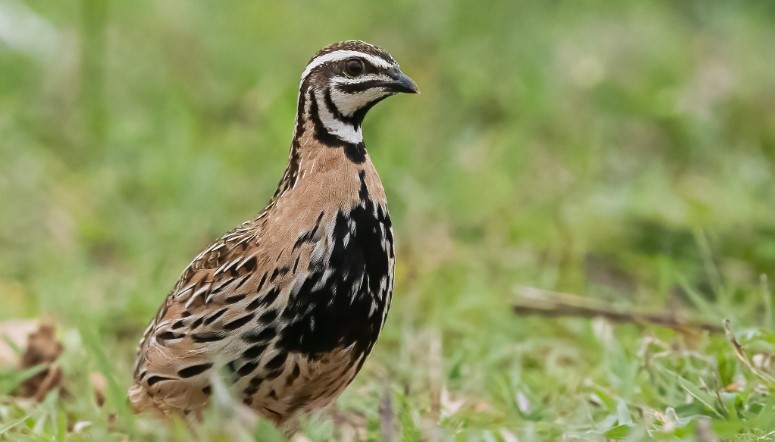The red-breasted robin, or “Erithacus rubecula” is a 14-cm-long from beak to tip of the tail) and 5- to 9-cm-high bird. The red-breasted robin enjoys popularity unrivaled by any other species. A familiar visitor at the bird table in winter and a constant gardening companion, even nesting in the tool shed, it is a year-round bird. This close association with men is a special feature of Robin’s relationship with the British.
Red-Breasted Robins of exactly the same species nest over most of Europe, but a tendency on the continent to shoot and eat small birds has made robins there generally shy and retiring woodland birds. The robin is a particular favorite among bird lovers; everyone enjoys the attention of this familiar redbreast in the garden during the winter. But despite all the efforts made to feed this bird in the harsh weather, thousands perish each year.
The bird’s popularity in Britain has built up over the years, and legends about the bad luck incurred by anyone harming a robin date back to the 16th century. A christian relationship has been attached to the legends because the robin’s red breast was supposedly stained by blood after the bird had been pricked in old books. The adult birds get together as pairs in early January. As they look exactly alike, the sexes can only recognize each other by display and posture. An unmated male singing loudly in his territory will, at first, behave aggressively toward any intruding robin.
If the intruder is a male, it either retreats or tries to oust the occupier. If the new bird is a female seeking a mate, she persists in approaching the resident male, apparently unimpressed by his threats. Over a period of some hours, sometimes as many as two days, the bond between the two is built up so that they accept each other.
In several species, this pair-bonding is directly followed by nest-building and egg-laying. With the robin, pairing is accomplished weeks or even months before any nesting attempt is made. During this time, the birds occupy the same territory and recognize each other as mates but do not pay much attention to each other.
As the weather improves, the hen bird starts to build her nest, using moss and dead leaves and lining it with hair. In her natural state, she may choose a rocky crevice or hollow of a tree; most often, a bank or an ivy-covered tree is usually well concealed and difficult to find. However, some robbers select the most likely sites. One nest was found in a chest of drawers in a tool shed. The drawer was held closed, and the nest at the back was only discovered when the drawer was opened.
Moreover, when she starts to build the nest, the female also starts to receive food from the male. This so-called courtship feeding was initially thought to be a ritual designed to reinforce the bond between males and females. In fact, it is an important source of food for the female one that she almost completely relies upon during incubation. The clutch of white eggs with pale reddish freckling is laid, one egg each day, and the complete clutch is generally 5 to 6 eggs, although up to nine have been recorded.
Red-Breasted Robin is well known for making their nests in such unlikely places as kettles, old buckets, and even the pockets of jackets left in garden sheds. The incubating female loses the feather from her breast and belly, and the blood vessels just under the skin enlarge greatly. The bare skin and increased blood supply allow her to transfer heat more efficiently to the eggs.
After two weeks, the eggs hatch, and the blind chicks, covered in the thin darkness, increasingly dominate the parents’ lives with their enormous appetites. Both adult and young robins feed on insects, spiders, and worms. They do not generally eat seeds or berries. About 15 days after hatching, these young robins, now weighing more than their parents, leave the nest. Two particularly attentive parents were reported by naturalist David Lack. They built their nest in a cart, which had to go on a 200-mile round trip just after the young hatched. Undaunted, the adult birds accompanied their offspring, feeding them on the way.
Therefore, when the young birds leave the nest, they face two or three days of great danger since they cannot yet fly well. At this stage, they have soft, speckled brown plumage with no trace of their parents and a red breast. By the beginning of June, they start to lose their body feathers and develop their redbreasts, growing from the bottom upwards.
The wings do not molt but continue to develop until July of the next year, when they reach their full size. In its first year, the robin has a one-in-six chance of survival. Once they reach maturity, they proudly display their red breasts, sing their rich spring song, lay claim to their territory, and warn off other birds.
Moreover, once the young are fledged, the adult builds a new nest within the same territory, and unless they are prevented for any reason by disturbance by a cat, flooding of the nest in bad weather, or thoughtless hedge-cutting, they will raise another brood in May. During the summer season, for a period of five weeks, the adult robins replace their old feathers with new ones. They stay in the same area but make themselves less obvious and less active, concealed in shrubberies and thickets.
During this molt, the adult robins also fall silent, the only time of the year when the robin song is not a feature of the countryside. As the second brood of young birds acquires its red plumage and the adult birds their replacement plumage, the autumn song starts up. The rich and fruity spring song of the males gives way to the thinner, more piping song of young and old, cock and hen, as each claims its own territory; this is kept with a few local alterations through the winter until pairing takes place.
In times of real food shortages, territoriality breaks down as all the birds concentrate on feeding. Red-breasted robins migrate each autumn; most stay within a mile or two of their birthplace. So what happened to all these birds? If each pair of adults raises two broods with 5 to 6 young in each, there are six times as many robins at the end of the breeding season as at the start.
A single pair would become almost ten million pairs at the end of 10 years, about twice the total of the British population of robins. In fact, the majority of them die. As many as a million robins may be killed by cats, while owls, cars, plate glass windows, and harsh winters also take their toll. Sadly, but naturally, of the original pair and their offspring, on average, only one adult and one youngster survive to breed the following year.
Harsh winter weather often provides the greatest danger, so millions of people who feed birds leave out all sorts of tidbits, even meat and grated cheese, to ensure that their robins are the ones to survive. This feeding also encourages the robins to stay in backyards and gardens.
Almost all birds are territorial. It is generally during the breeding season that a bird defends a home area and will not tolerate any bird of the same species apart from its male within its territory. Red-Breasted Robin is no exception, and like other songbirds such as blackbirds and song thrushes, they stake quite large claims with their presence at strategic song posts. Other birds restrict themselves to smaller areas; gannets, for instance, only defend the immediate nest area.
Moreover, the blackbird sings is full of joy in the spring season but much more important to itself and other blackbirds. It is saying that this part of my territory keeps off if the message is not understood; it may still have to chase off the encroaching birds, a sight often seen when disputing birds dart at each other along with a lawn or hedgerow without actually making contact. It is both these aggressive fluttering and song patterns that prevent actual fighting unless large numbers of birds are competing for a very small territory.
Read More: Difference Between Carolina Wren vs House Wren














